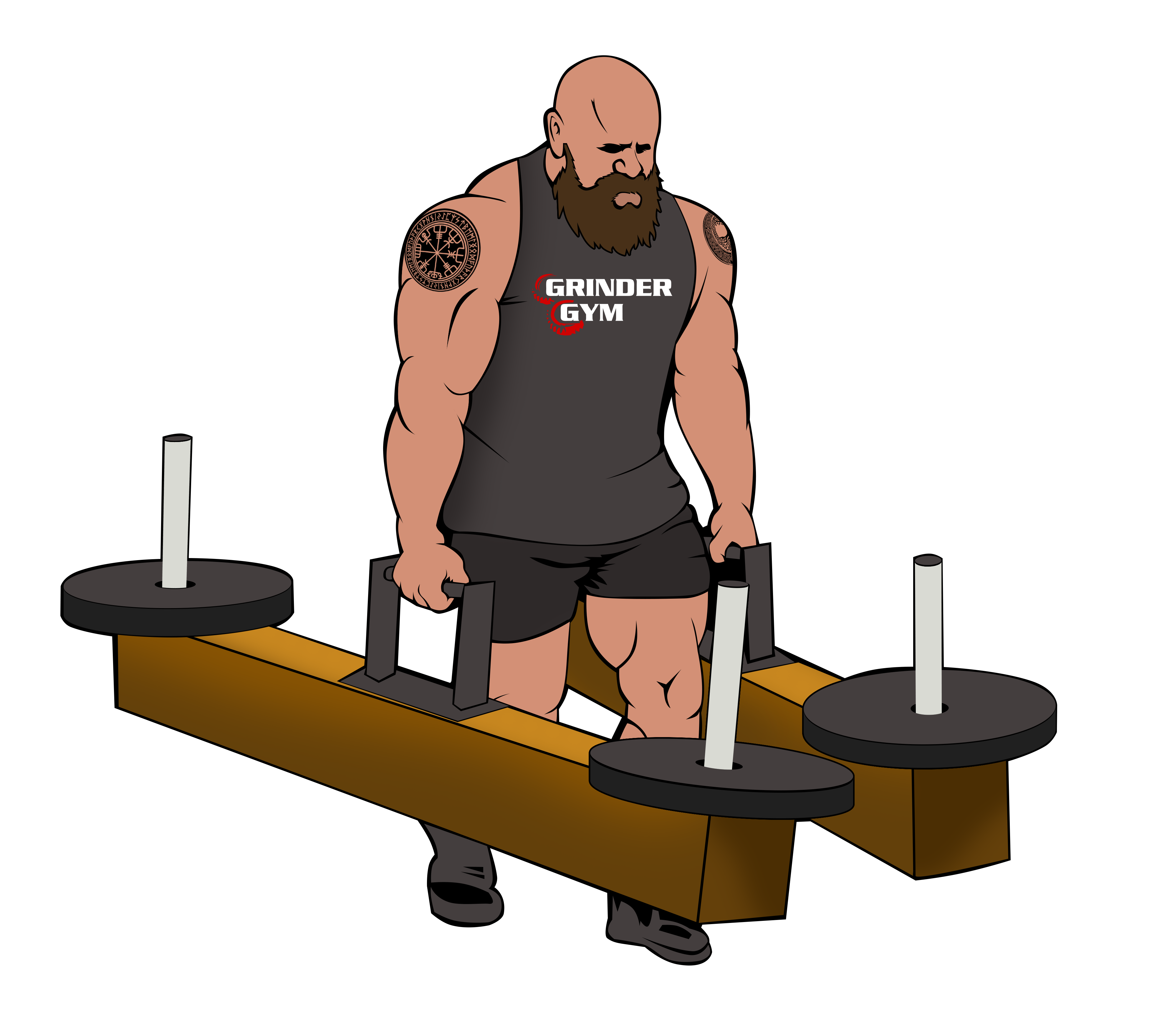Color is a powerful element in our lives. Color can affect our perception and approach to many aspects of our lives. We know color can affect mood, but did you know it also plays an important role in what we eat and how much we eat? Over the years, more and more research has been […]
Blog
What To Do When You Hate To Exercise
You may be a person who hates people watching them when they are working out. You may hate to sweat and feel dirty. You may be very inactive and the slightest exercise is very painful for you. You may be very confused about how to use exercise equipment and find it all very intimidating. You […]
The Truth about Detox Supplements
Detox supplements have exploded onto the market in the last decade. Once introduced as products that could relieve occasional gas, bloating and constipation, manufacturers quickly found a way to make a few extra dollars by marketing the products as cleansing and weight loss supplements. Since then, the market has morphed into a multi-million dollar industry […]
Varying Your Approach to Weight Loss
There are programs out there that recommend having one or more very high-calorie days a week to confuse the metabolism. This is commonly referred to as calorie cycling. My clients often ask me if this approach is effective. My answer is a resounding “YES!” Manipulating your caloric intake is a great way to gain muscle […]
The Four-Day Diet
Introduction Do you get bored with eating the same foods on a diet? Do you find yourself quitting because you just can’t take the monotony anymore? Then, you are not alone and are likely the reason Ian K. Smith, MD, a diet expert for the VHI show Celebrity Fit Club created The 4 Day Diet. […]
Every Other Day Diet
Introduction The Every Other Day Diet, often referred to as the QOD or EODD diet, actually refers to two diets, which are similar in their approach to weight loss. Retired kidney specialist, Dr. John Daugirdas wrote The QOD Diet (QOD), and former overweight turned-fitness-experts Jon Benson and Janis Hauser collaborated on The Every Other Day […]
Eat-Clean Diet
Introduction The Eat-Clean diet is based on the personal experiences of Oxygen Magazine columnist Tosca Reno. Once weighing in at over 200 lbs. and lacking in energy, Reno decided to chronicle her approach and journey of weight loss in her book, Eat Clean Diet. Two years later, she followed up with her Eat Clean Diet […]
Cabbage Soup Diet
Introduction Versions of this diet abound, with many claiming it was designed by a hospital (Sacred Heart, Mayo, etc.) for patients needing to lose weight quickly for surgery. However, no hospital has ever stepped forward and “claimed” it as its own. Over the last few years, several books have also been written offering up a […]
Burn the Fat Feed the Muscle
Introduction Seven-time Mr. Natural Bodybuilding champion, certified strength and conditioning specialist (CSCS), and personal trainer, Tom Venuto created the Burn the Fat Feed the Muscle (BFFM) program about six years ago. Since then, it has become one of the bestselling downloadable health books on the internet. The program is not specifically a weight loss tool, […]
Dr. Phil’s Ultimate Weight Loss Solution
Introduction Self-improvement guru and psychologist, Dr. Phil McGraw spent eight years counseling people who were up to 300 pounds overweight. Those experiences created the foundation for his best-selling book The Ultimate Weight Solution: The 7 Keys to Weight Loss Freedom. In the book, he outlines his “seven keys to weight loss freedom.” Promise You can […]
